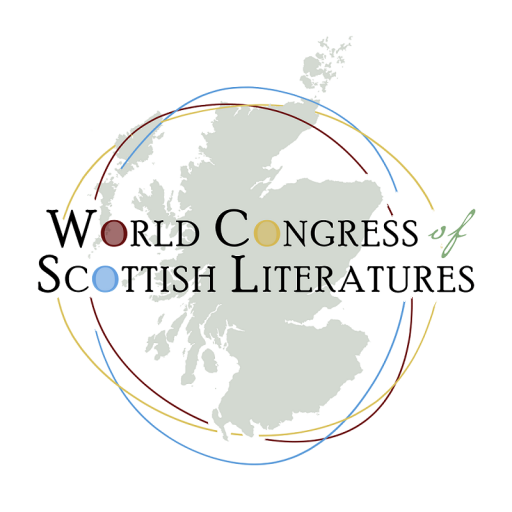Stands Scottish Fiction Where It Did? Trainspotting a Quarter-Century on
Irvine Welsh’s Trainspotting put contemporary Scottish fiction on the world literary map, but what has been its effect since Devolution? One way to measure that effect is to compare Welsh’s Trainspotting tetralogy with John Updike’s four Rabbit novels. Each installment published a decade apart, Updike’s quartet covers four decades of postwar American life as experienced by a representative member of the American white middle-class. Welsh’s quartet works very differently, representing socio-cultural change more obliquely, less in terms of the characters’ changing fortunes (as is also the case in Lewis Grassic Gibbons’ A Scots Quair trilogy) than of the author’s. As such, the Trainspotting tetralogy (and Welsh’s career overall) underscores an important change in the field of ‘world literature’ as it was defined in largely ‘literary’ terms by David Damrosch (2003) and Pascale Casanova (1999, trans. 2004). To fully understand the Trainspotting effect in the 21st century it is necessary to see Welsh as a new form of Scotland the Brand in the interrelated age of Twitter, Google Alerts, transnational genre fiction, a global as well as globalized festival circuit, zombie capitalism, creative industries, cultural tourism, and transmedia literature which has turned Welsh into a, or even the, Scottish/World literary celebrity, virtually the sole (media) survivor of his own transformative generation of Scottish writers in whose shadow the newer generation of Scottish writers operate in relative obscurity but to considerable local effect.
Robert Morace, Daemen College, Amherst, USA
